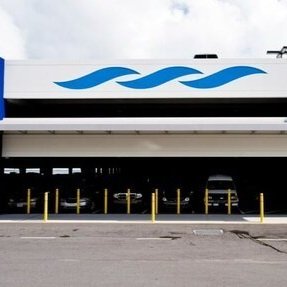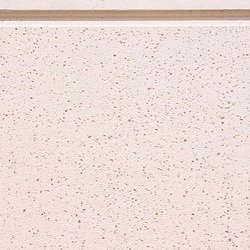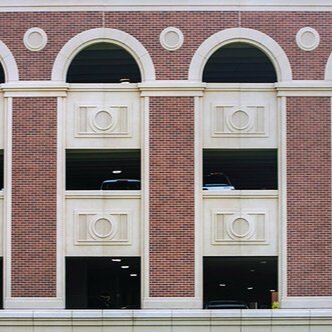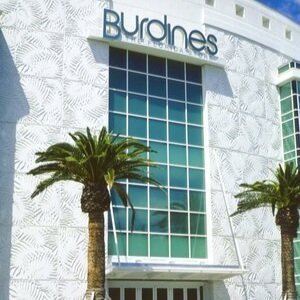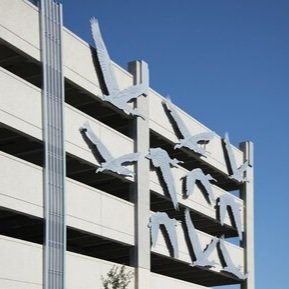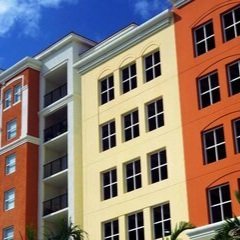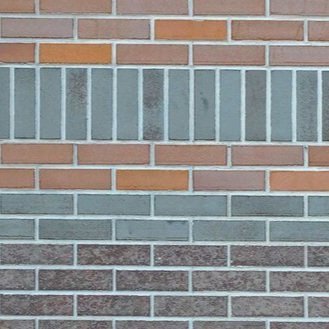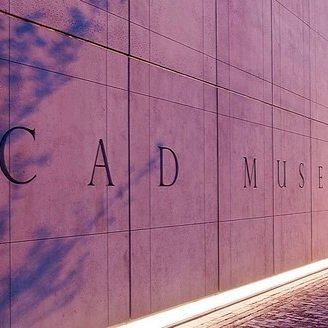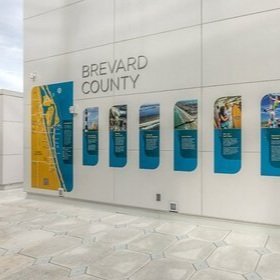Precast concrete has become visible in today’s architectural and construction scene not only as a fundamental element but also as a creative canvas. Come explore how these pieces revolutionize architectural expression by delving into the craftsmanship weaved into every unique detail and how they perfectly combine functionality and aesthetics.
Understanding Architectural Precast Concrete
Precast concrete with architectural elements is a living example of how engineering and creativity can coexist in building. Precast concrete elements are cast in a controlled environment prior to being transported to the construction site, in contrast to typical concrete, which is poured and cured on-site. Architects and designers can now fulfill their creative dreams with fine details and distinctive shapes because of this manufacturing technology’s increased precision and customization capabilities. The versatility of architectural precast concrete has no bounds, offering a wide range of alternatives to fit diverse architectural styles and design sensibilities, from intricate cornices and ornamental panels to exquisite columns and ornate balusters.
Precast concrete is also a great option for both interior and outdoor applications due to its strength and durability. Because of its durability and resilience to fire, weathering, and wear, it is an affordable and environmentally friendly option for architectural designs. In addition to its structural durability, architectural precast concrete has useful properties, including thermal mass and acoustic insulation, that improve occupant comfort and energy efficiency. Because architectural precast concrete is a flexible and dependable material that may be used to improve a building’s appearance and usefulness, architects and builders often include it in their designs.
Customization Options of Architectural Precast Components
The beauty of architectural precast concrete pieces is rooted in their customization, which gives designers and architects a plethora of alternatives to bring their imaginative thoughts to life. Mold design is one of the primary customizing choices for architectural precast concrete components. Designers can create detailed designs and distinctive shapes, from bold geometric forms to delicate filigree patterns, by using formliners and molds. Surface finishes—which can be anything from polished and smooth to textured and embossed—are also options for architectural precast concrete components.
Technological developments have opened up new customization options for architectural precast concrete, providing creative fixes like 3D printing and digital modeling. Designers can precisely conceptualize and develop their designs with digital modeling tools, guaranteeing that every aspect is painstakingly created before manufacture. Further pushing the limits of personalization, 3D printing technology makes it feasible to create previously unthinkable complex shapes and elaborate patterns. Because of this, the customization possibilities of architectural precast concrete pieces are constantly developing, enabling architects and designers to push the limits of their imagination and inventiveness.
Exploring the Aesthetic Charm of Precast Elements
The capacity of architectural precast concrete pieces to perfectly combine form and function elevates architectural design to new levels, which is why it is so visually appealing. Precast concrete provides a diverse canvas for expressing a wide range of design sensibilities, from sleek and modern to ornate and classical. Its capacity to imitate the appearance of real stone, wood, or other materials increases its aesthetic potential and enables designers and architects to create the desired effect without sacrificing cost or durability. Elegant and sophisticated characteristics can be added to any project using architectural precast concrete components, whether they are employed as isolated pieces or perfectly integrated into the overall architectural plan.
Architectural precast concrete enhances a space’s overall sensory experience in addition to its visual impact. Occupants are more deeply engaged due to the tactile aspect of textured finishes, which encourages touch and contact. The way light and shadow interact with the sculptural forms of precast concrete pieces gives architectural spaces a dynamic quality that draws the eye in with ever-changing patterns. Because of this, architectural precast concrete features improve a building’s visual attractiveness while simultaneously improving the quality of life for people who live there and use them.
Benefits of Architectural Precast Concrete Elements
Precast concrete architectural pieces are a popular option among architects, designers, and builders due to their many advantages. Their lifespan and robustness are two of their main benefits. Unlike conventional building materials like metal or wood, precast concrete has a strong resistance to deterioration over time due to weathering and corrosion. Because of their innate toughness, architectural precast concrete pieces last for decades while maintaining their structural integrity and visual appeal, which lowers the need for expensive maintenance or replacements. Precast concrete components are also produced in regulated settings, guaranteeing consistency in both performance and quality and lengthening their lifespan.
The cost-effectiveness of architectural precast concrete parts in comparison to natural stone or custom fabrication is another noteworthy advantage. Lower production costs are the outcome of increased efficiency and scalability in the precast concrete manufacturing process. Precast concrete components have a long lifespan and require little maintenance, saving building owners money on continuing maintenance costs. Precast concrete is an affordable option for projects of all sizes because of its versatility, which allows architects and designers to achieve the required style without going over budget. Therefore, without sacrificing strength or quality, architectural precast concrete components provide an affordable way to improve a building’s utility and aesthetic appeal.
Architectural Precast Concrete: Where Form Meets Function
Architectural components made of precast concrete are the pinnacle of creative architecture and adaptability in design. Their extensive customizing capabilities and artistic potential not only improve a building’s aesthetic appeal but also make it more functionally sound across a variety of architectural types. Technology developments and changing design styles promise to further enhance the architectural precast concrete market going forward, guaranteeing its relevance and influence on the built environment for future generations.


